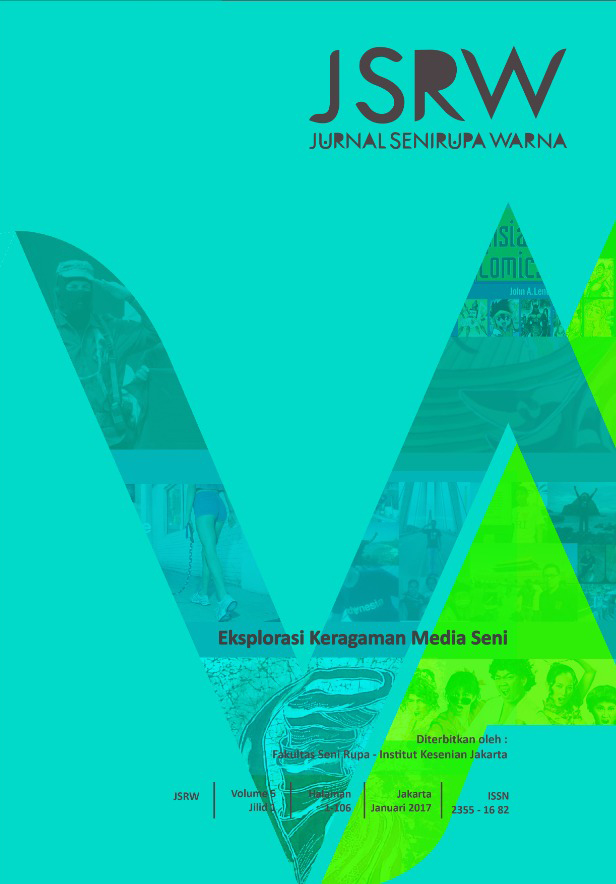Kajian Naratologi pada Tata Pameran tetap Museum Perjuangan Kemerdekaan di Jakarta
DOI:
https://doi.org/10.36806/.v5i1.24Keywords:
Museum, Pameran, Storyline, Sejarah, Pengunjung, exhibition, history, museum, storyline, visitorsAbstract
Abstrak: Penelitian tata pameran tetap Museum Sumpah Pemuda dan Museum Perumusan Naskah Proklamasi ini bertujuan untuk memperoleh masukan dari pengunjung tentang daya tarik dan pemahaman narasi peristiwa sejarah dari tata pamer museum tersebut. Observasi dilakukan terhadap fisik tata pameran tetap kedua museum, wawancara terhadap narasumber dan responden, serta kajian teori dari berbagai referensi. Berdasarkan analisa melalui pendekatan naratologi yang dilakukan dengan penjabaran storyline yang mencakup alur, penokohan, latar tempat dan waktu, serta pesan nilai perjuangan sesuai peristiwa sejarah yang dipahami oleh pengunjung - diwakili responden, diperoleh hasil bahwa untuk menciptakan daya tarik dan pemahaman pengunjung, dibutuhkan penegasan pada alur, tokoh dan pesan yang dianggap penting, baik melalui tata lampu, pemanfaatan diorama besar serta ruang yang dibatasi jumlah display sehingga tercipta fokus perhatian.
Abstract: This study on the permanent exhibition design of Museum Sumpah Pemuda and Museum Perumusan Naskah Proklamasi aims to get inputs from the visitorsconcerningthe displays that are attractive for them and the understanding of the historical narrative of both museums. Observation on the permanent exhibition of both museums and interviews with the experts and respondents were carried out along with theoretical study to support the analysis. Based on the analysis using a narratological approach through storyline, plot, characters, time and place setting, message and the values of independence struggle in the historical story accessible to the visitors, which are represented by the respondents, the conclusion is that in order to create attractive displays and to generate the visitors’ understanding, displays should be emphasizing the plot, characters and important messages, both by means of lights setting, using big dioramas, adjusting the collections to be displayed to the space available so that focal point can be created. Hopefully, this research can become reference to historical museum design in terms of its display.












